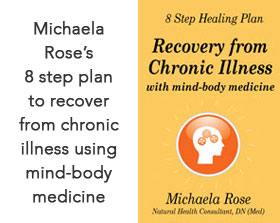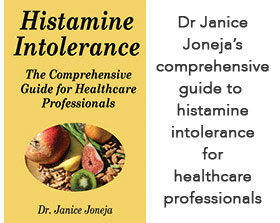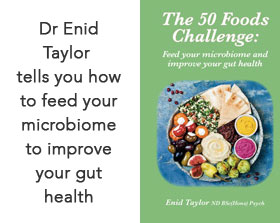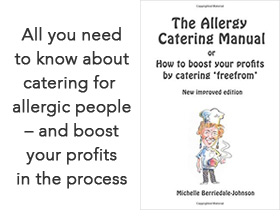|
|
Bubble baby gene therapy ‘worth the risk’ |
When Rhys Evans was diagnosed with X-SCID at four months old, his life expectancy was no more than two years. X-SCID – X-linked severe combined immunodeficiency – is a genetic disorder meaning Rhys was born with no functioning immune system. Only two or three children are born in the UK with X-SCID. But having undergone gene therapy at Great Ormond Street Children’s Hospital in 2001, Rhys is now celebrating his 10th birthday. The therapy involves inserting a working copy of the defective gene into the bone marrow using a virus, and hoping that the body makes more of the working copies to restore the immune system. Unfortunately, in 2007 Great Ormond Street hospital found that one of the 10 children receiving the therapy had developed leukaemia. Learning from this and other studies that took place in France and the US, Professor Adrian Thrasher, consultant immunologist at Great Ormond Street Hospital said, "We have learnt why that's happened. We've now redesigned the vector which carries the gene into the cells and the risks are much, much lower." The findings found that the implanted gene was situated next to, and turned on, a gene that causes cancer. The normal treatment for anyone with X-SCID is a bone marrow transplant that can carry the risk of leukaemia, and also of the dangers of a mismatch. Great Ormond Street is the only UK doing this kind of gene therapy for children with X-SCID and other genetic disorders. Says Prof Thrasher “There will be side effects but you have to balance the risks against the benefits. Gene therapy has the potential to tackle disorders where there was no treatment at all before, for inherited diseases particularly.” As for Rhys, his immune system continues to need the occasional helping hand as he grows up, but he is doing very well eight years after his treatment. First published October 2010 More miscellaneous research reports on food allergy
|










